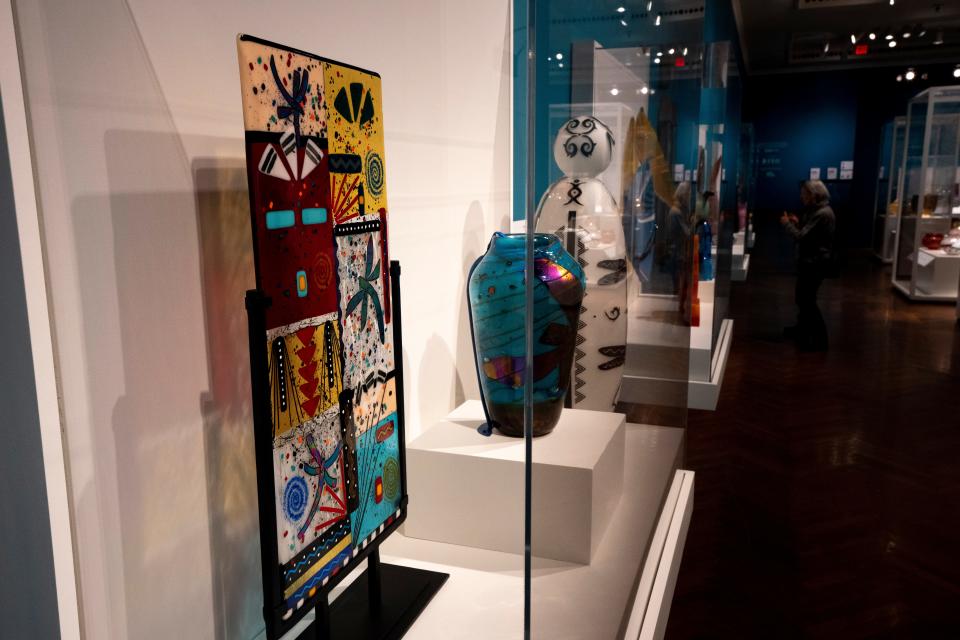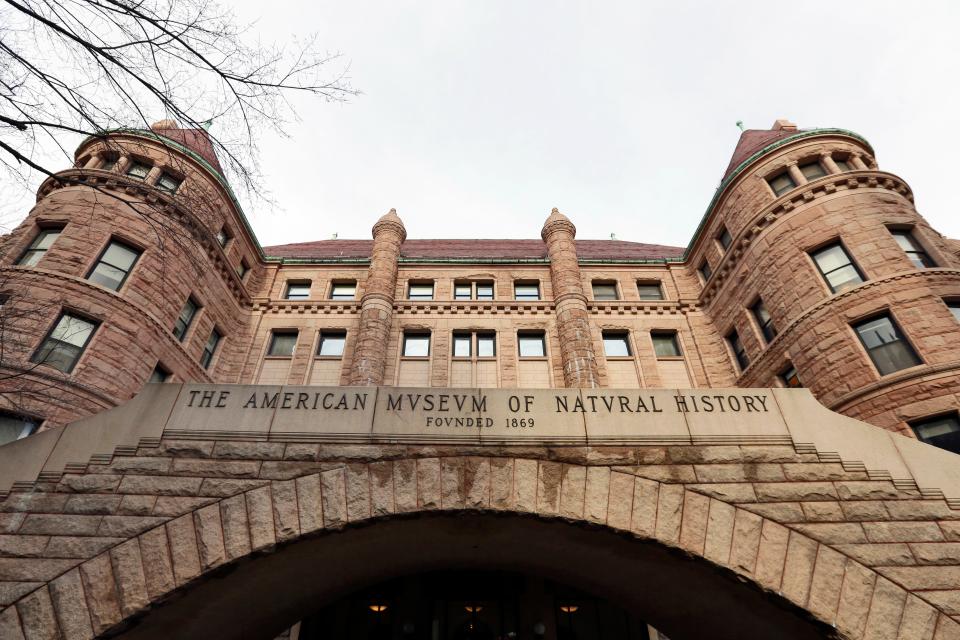2 Cincinnati museums remove Native American items amid new federal rules
Updated regulations from the Biden administration regarding the display of Native American art and cultural items are causing major museums around the country to remove or conceal certain exhibits.
Two Cincinnati museums are following suit.
The 34-year-old federal law titled the Native American Graves Protection and Repatriation Act (NAGPRA) requires the “repatriation” of human remains, or the return of skeletons, bones or cremains to their tribes. In December, the law was updated to require institutions to obtain consent from tribes in order to display human remains and cultural items.
The move was meant to accelerate the repatriation process, which, over the years, tribal officials and repatriation advocates have criticized for moving too slowly, according to The New York Times.
The updated legislation went into effect Jan. 12, forcing museums around the country to remove or conceal relevant items pending tribal consent.
Cincinnati Art Museum, Cincinnati Museum Center remove items
Even before the NAGPRA update, Cincinnati Art Museum would proactively take "sacred or cultural Indigenous objects off view," Darcy Schwass, the museum's director of marketing and communications, wrote in a statement to The Enquirer.
"The Cincinnati Art Museum has a history of working with Indigenous nations and lineal descendants," the statement reads. "We take seriously our responsibility to partner alongside tribal communities to educate about their histories and to respect the sacred nature of many aspects of material culture."
Since the updated regulations went into effect, the museum's staff has removed two additional "historical objects" from its galleries, Schwass added. She didn't clarify which two objects were removed.
Upon NAGPRA's creation in 1990, the art museum began getting in touch with local tribal communities in accordance with the repatriation process. It has returned items over the years, and as recently as 2017 to the Lac du Flambeau Band of Lake Superior Chippewa Indians, Schwass said.
Briana Mazzolini-Blanchard, the executive director of Cincinnati's Urban Native Collective, said the group is glad the NAGPRA update is motivating museums to be proactive in their "rematriation work."
A similar concept to repatriation, rematriation acknowledges Indigenous matrilineal and matriarchal social structures in the process of returning cultural items, Mazzolini-Blanchard explained.
"We have been grateful to have a positive relationship with the Cincinnati Art Museum and we acknowledge not only the proactive steps they have taken towards the cataloging and rematriation process, but the work they have done to partner with our Indigenous organization and also amplify contemporary Indigenous artists," she said.

The museum's newest exhibit, "Clearly Indigenous: Native Visions Reimagined in Glass," features contemporary work from Native American and Indigenous Pacific-Rim artists. Due to its contemporary nature, this exhibit does not qualify as the "human remains or cultural items removed from Federal or Tribal lands" that NAGPRA protects.
Similar to Cincinnati Art Museum, Cincinnati Museum Center removed three items from its "Shaping Our City" gallery last week. The exhibit explores how rivers, rails and roads have shaped the Greater Cincinnati region.
The shell-like objects removed from the gallery were trade items that traveled through the Cincinnati area of the Ohio Valley, according to Bob Genheimer, the Museum Center's archaeologist. He said the Museum Center removed the items because they could be considered Native American funerary objects.
"We had some tribal partners with us last week who were touring the museum, and they also indicated that it would be a good idea to at least temporarily remove those or change those (three items) out, so we did," Genheimer said.
The items are currently being stored in the Museum Center's collections facility, which is not open to the public. They are still "in the NAGPRA pipeline," Genheimer said, meaning they have not been returned to the tribes yet but the process is underway.
The Taft Museum of Art and the Contemporary Arts Center said they don't have any cultural items that fall under NAGPRA regulation.
How other U.S. museums are responding
Shortly after the update went into effect, the Cleveland Museum of Art covered a number of display cases while sorting out securing tribal consent.
"The 30-day period between the time the new requirements were issued and when they went in effect did not provide adequate time to secure consent. Out of respect for the Native American Tribes and NAGRPA, the CMA has covered the display cases that contain items that might fit the new NAGPRA definitions until the appropriate determinations can be made and, if necessary, consents obtained," the statement reads.
The museum added that it has concealed three of the six display cases in its gallery of Native North American art.
Field Museum in Chicago also covered display cases in response to the NAGPRA update, while institutions like the Peabody Museum of Archaeology and Ethnology at Harvard University and The Metropolitan Museum of Art in New York have opted for removing items entirely.

New York's American Museum of Natural History – one of the most visited museums in the world – is closing two major halls exhibiting Native American objects, amounting to nearly 10,000 square feet of exhibition space.
“The halls we are closing are artifacts of an era when museums such as ours did not respect the values, perspectives and indeed shared humanity of Indigenous peoples,” Sean Decatur, the museum’s president, wrote in a letter to its staff Jan. 26. “Actions that may feel sudden to some may seem long overdue to others.”
This article originally appeared on Cincinnati Enquirer: Cincinnati museums remove Native American items amid NAGPRA update

